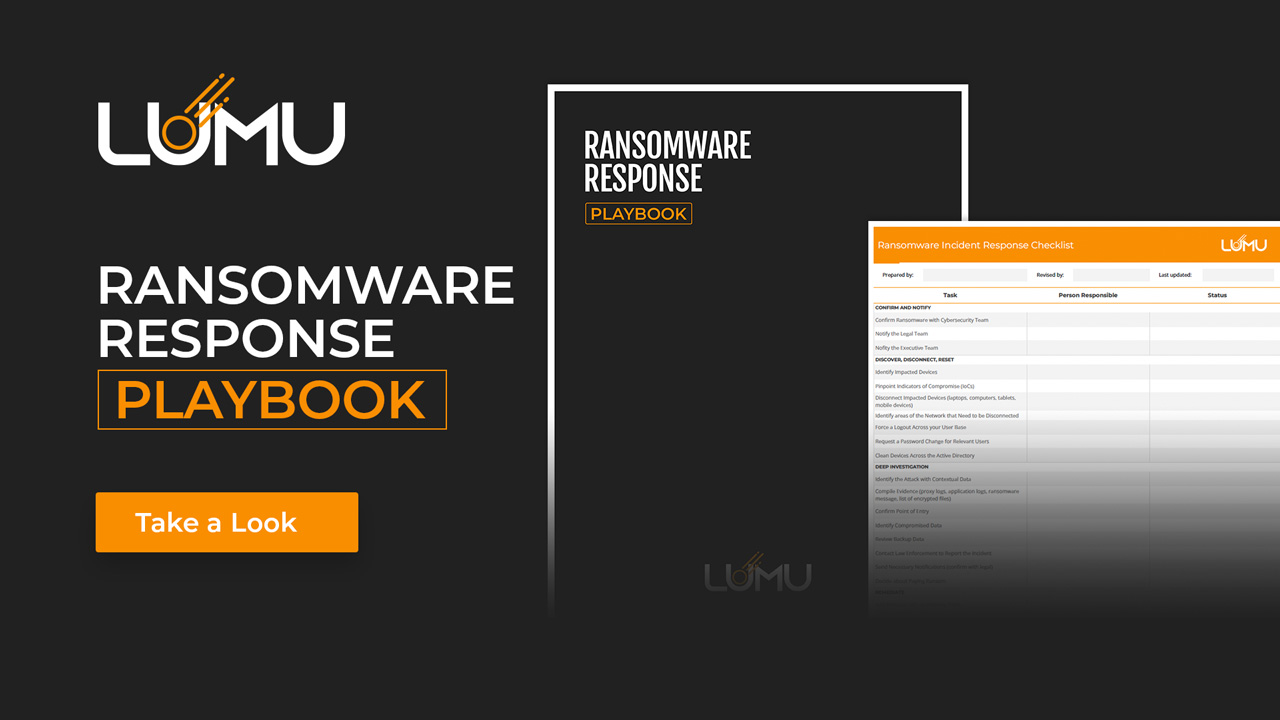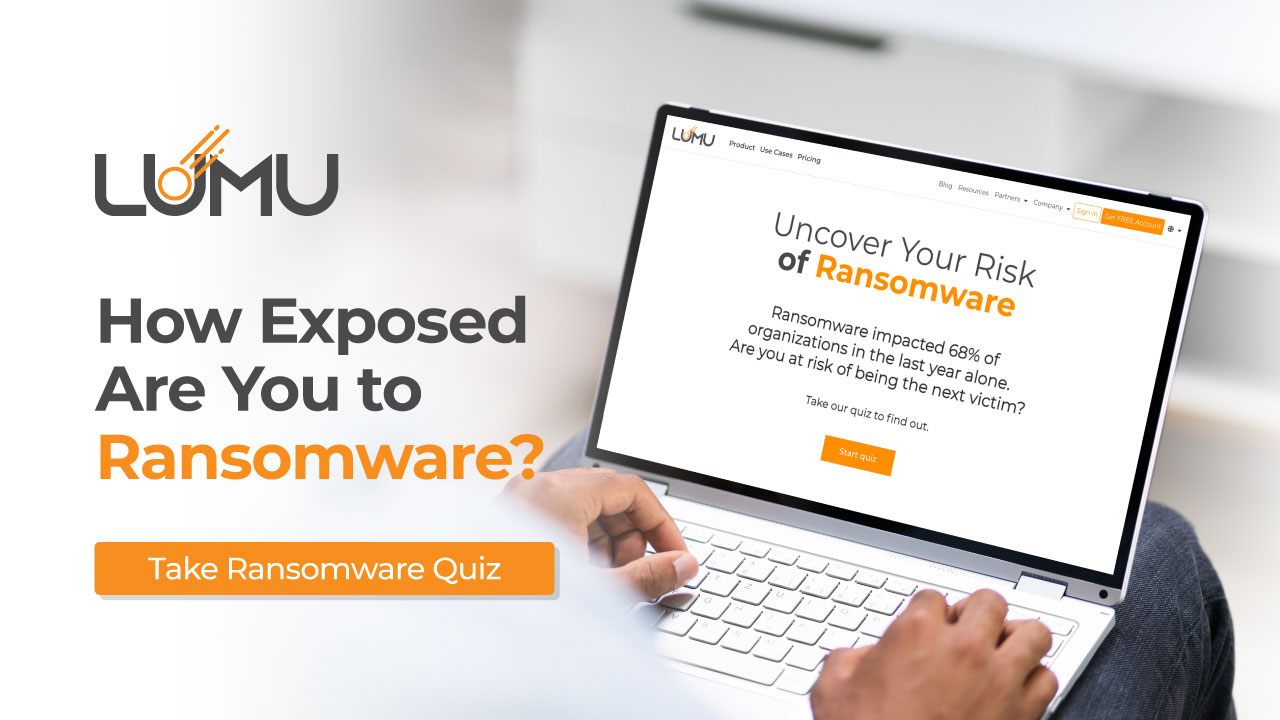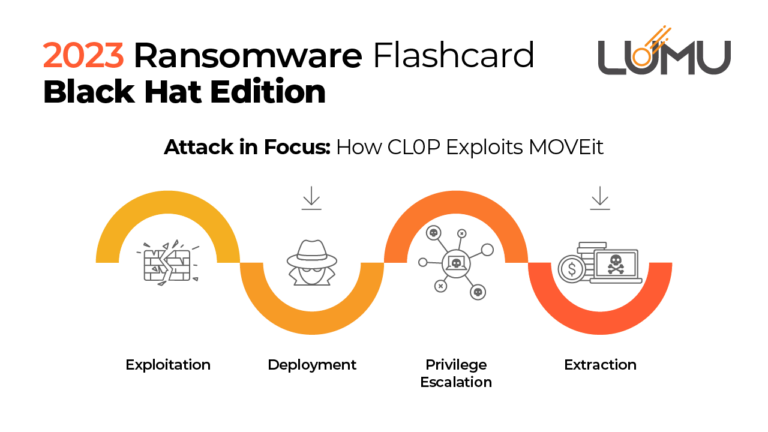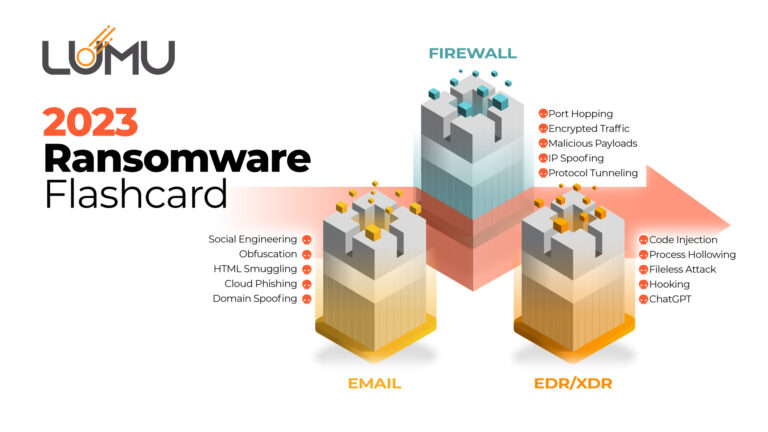Ransomware is a type of malicious software (malware) designed to provide adversaries with access to sensitive data and block users from that specific data, or an entire computer system. They then hold the data, or access to the system, hostage, and demand a ransom from the victims.
The main objective of these threat actors is to always extract the maximum possible monetary value from the illicit access they have to a network. Ransomware is the most high-risk, high-reward strategy they can employ remotely worldwide. Even the White House released an open letter to all businesses on the escalating threat of ransomware and the need for action.
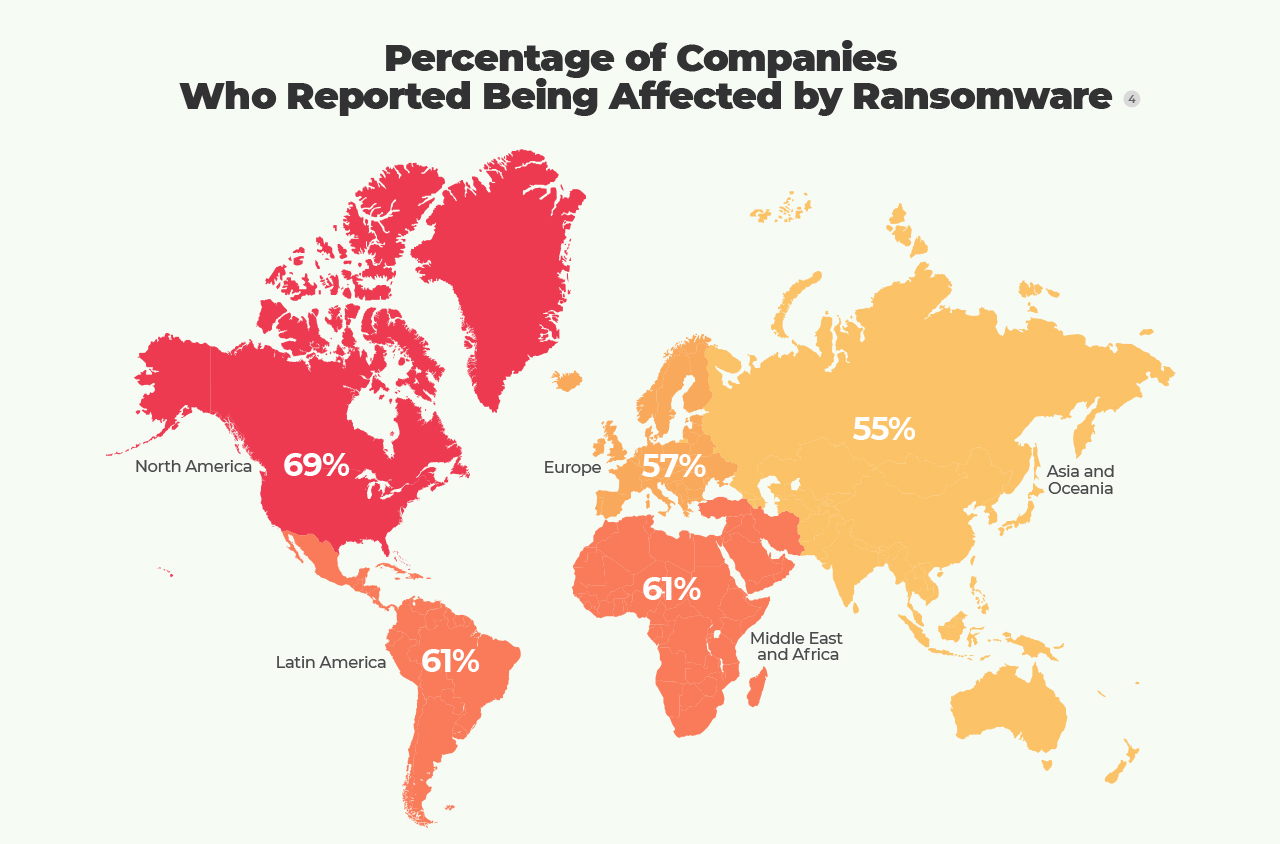
Many ransomware gangs now also use “double extortion” techniques. In this case, victims are offered two “incentives”: Firstly, agreeing to the extortion payment to regain access to the systems and data they have been locked out of. Additionally, the hackers will return sensitive information that they have already stolen, possibly by agreeing to an additional fee.
The FBI, along with several government agencies in the US, both state and nation wide, advise against paying ransoms to discourage the ransomware cycle. Usually, half of the ransomware victims that pay the ransom get targeted again since cyber criminals know that these companies are willing to cough up the cash.
What is Ransomware Precursor Malware?
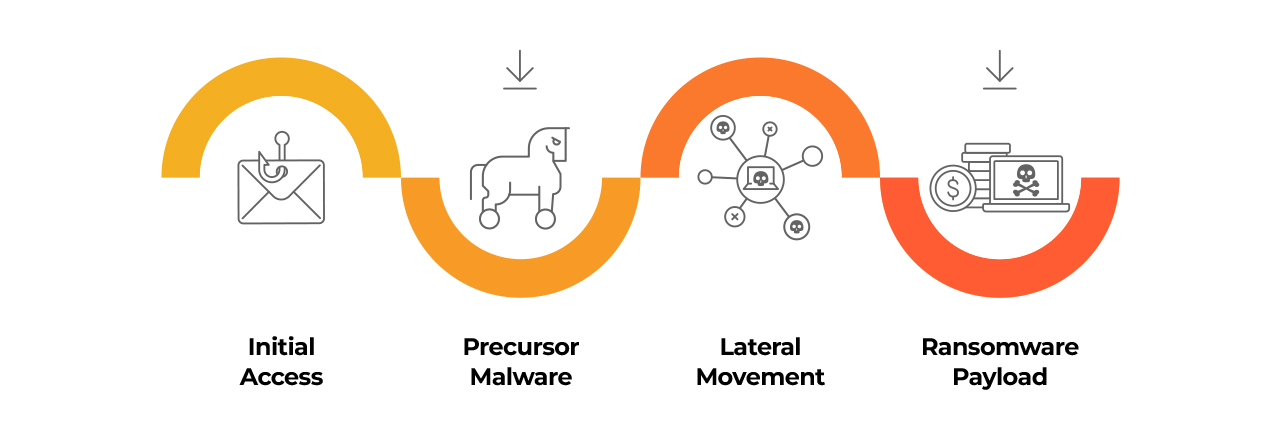
Ransomware doesn’t appear out of thin air. Oftentimes, after gaining initial access, threat actors use other types of malware to spread through the victim’s network. This is referred to as precursor malware.
Ransomware precursor malware is designed to obtain a foothold on a system or network before launching a ransomware attack. Precursor malware is designed to exploit vulnerabilities in your system’s security such as unpatched or outdated software.
Some common malware precursors include:
- Qakbot
- Phorpiex
- Emotet
- Cobalt Strike
- Ursnif
- Dridex
- ZLoader

The Cost of Ransomware
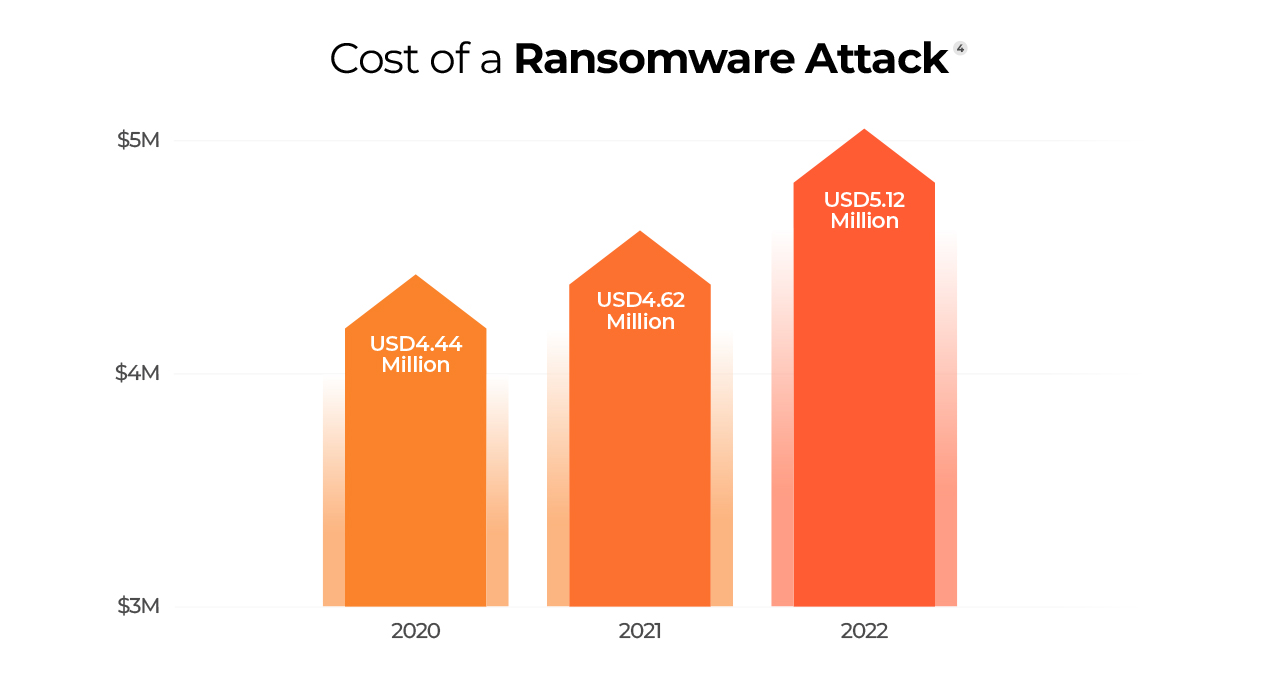
Ransomware attacks can have a significant financial and operational impact on businesses and individuals. In addition to the ransom payment demanded by the attackers, organizations may also face significant downtime, data loss, and harm to their reputation due to an attack.
In extreme cases, some ransomware attacks have a history of forcing companies like Travelex into bankruptcy. Travelex was hit by the infamous Sodinokibi ransomware in 2020 which led to a worldwide temporary shutdown of all its online services and retail branches for two weeks.
Organizations need to consider investing in data recovery and system restoration services, as well as cybersecurity consulting and legal services. According to a study by Cybersecurity Ventures, the global cost of ransomware attacks is expected to reach $265 billion by 2031.
The operational costs of a ransomware attack can also be catastrophic due to day-to-day disruptions and losses. Semiconductor equipment maker, MKS Instruments, suffered a ransomware attack in 2023 that prohibited their ability to process orders, ship products, or provide service, resulting in a $200 million dollar hit in sales.
The aftermath of a ransomware attack often causes reputational damage and loss of customer trust. Would you trust doing business with a company if their operations and services were down for weeks? Regulatory fines and penalties may also apply to businesses if they were found to be in violation of data protection laws.
Common Ransomware Prevention Strategies
Preventing ransomware can be simple and straightforward. It often includes steps that are taken for granted but can make a major impact, especially when used as a layered strategy. Here are some common prevention strategies that can help you safeguard your organization’s data:
- Keep your software up-to-date: Don’t ignore or forget those routine software updates that can help patch vulnerabilities that hackers will try to exploit.
- Use anti-virus software: Anti-virus software is a great tool for detecting and blocking ransomware and other types of malware before they can infect your system.
- Backup your data: Regular data backups can help to ensure that you have a copy of your important files in case they are encrypted by ransomware. Make sure to store your backups offline or in a separate, secure location to prevent them from being affected by a ransomware attack.
- Limit access to sensitive data: Implementing strict access controls and limiting user privileges can help to prevent ransomware attacks from spreading throughout your network.
- Provide regular employee training: Educating your employees about ransomware and other types of cyber threats can help them identify and avoid phishing scams and other malicious activities.
Best Practices for General Cybersecurity
It’s important to have a general understanding of cybersecurity precautions to lessen the likelihood of a ransomware attack occurring. The following are some cybersecurity best practices you can apply:
- Use strong passwords: Strong passwords that include a combination of upper and lowercase letters, numbers, and symbols will make it harder for attackers to gain access to your system and install ransomware. Make sure to avoid using the same password for multiple accounts.
- Implement two-factor authentication: Two-factor authentication can provide an additional layer of security to help prevent unauthorized access to your accounts and systems.
- Be wary of email attachments and links: Be cautious when opening email attachments or clicking on links, especially if they come from unknown or suspicious sources. Ransomware attackers often use phishing emails to trick users into downloading and installing malware.
- Monitor your network for suspicious activity: Frequent monitoring of your network can help you detect potential threats and allow you to respond to them quickly.
- Develop and test a ransomware response plan: Having a comprehensive ransomware response plan in place can help you reduce downtime and minimize attack impacts. Be sure to test your plan regularly to guarantee its effectiveness.
It is important to remember that no prevention strategy is 100% foolproof. Be certain to have a solid plan in place for any worst-case scenario if prevention measures fail.
How to Respond to a Ransomware Attack
It is important to act quickly since ransomware can spread to other locations in the network. Here are some steps you can take if you suspect that you are infected with ransomware:
- Isolate the infected device: Disconnect the infected device from your network to prevent the ransomware from spreading to other devices.
- Remove the ransomware: Ensure that a trusted expert is in charge of the eradication. They will be able to identify all impacted systems and uncover the root cause of the attack along with any backdoors the attacks may have used.
- Do not pay the ransom: Remember you are dealing with criminals, there is no guarantee that the hacker will actually provide you with the decryption key or that they haven’t already made copies or sold your data on the black market. Paying the ransom will likely encourage attackers to continue their illicit actions.
- Notify law enforcement: Contact your local law enforcement agency or the FBI’s Internet Crime Complaint Center (IC3) to report the attack. Failure to do so may lead to several legal ramifications.
- Restore your data from backups: Make sure to scan the offline backups for malware before restoring them. Then prioritize restoring backup data based on what is most critical to your organization’s productivity.
- Implement measures to prevent future attacks: Contact your cybersecurity professional to review your current infrastructure. They will pinpoint any vulnerabilities that your system has and apply security measurements required after the attack.
Recommended Tools for Ransomware
Organizations have several options for ransomware prevention tools thanks to the diverse cybersecurity market. Here are some popular tools that infosec professionals highly recommend using :
- Anti-virus and anti-malware software: Anti-virus and anti-malware software are great for ransomware detection and removal. Keep your anti-virus and anti-malware software up to date to ensure that it can detect the latest threats.
- Firewall: A firewall can help prevent unauthorized access to your network and systems. Configure your firewall to block all incoming traffic except for traffic that is necessary for your business operations.
- Data backup and recovery software: Data backup and recovery software helps restore your data quickly in the event of a ransomware attack. It is essential to regularly backup and test your data to ensure peak performance.
- Email security software: Email security software is able to detect and block malicious emails that contain phishing or other malware used to spread ransomware.
- Endpoint detection and response (EDR) software: EDR software detects and responds to ransomware attacks that are on individual devices. EDR software can quickly identify and isolate infected devices to prevent the spread of ransomware.
By using these tools in combination with prevention strategies and best practices, you can create a layer of defense against ransomware and minimize the impact of an attack if one does occur.
Ransomware Response Playbook
Created for organizations that need details on ransomware prevention and response.
It also includes a detailed checklist of tasks to assign to your security team in case of a ransomware attack.
Take the Ransomware Quiz
Find out what level of risk your organization is at when it comes to ransomware by taking our free ransomware evaluation quiz.

